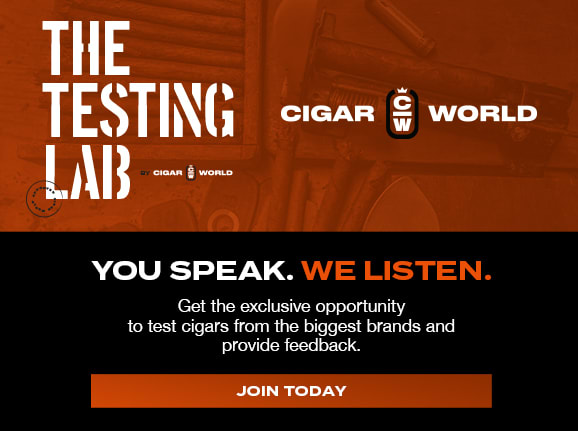
The Best Cigars With Brazilian Tobacco
When one thinks of premium hand rolled cigars, you can’t help but point to Brazil as one of the key areas as to where top brands source their tobacco. Brazil is by far the largest country in South America, offering a multitude of different climates and ecosystems that allow several variations of tobacco to flourish.
However, over the last five to ten years, we’ve seen a huge rise in the presence of Brazilian tobacco within the premium wrapper market, and it’s beginning to emerge as one of the premier sources for filler tobacco as well.
Where is tobacco grown in Brazil?
With the sheer size and scope of Brazil, there’s a few major territories where most Brazilian tobacco is grown and harvested. Now, because you’ll find such a variance of microclimates within Brazil, each one of the territories presents its own type of tobacco.
Brazilian tobacco comes from five main regions:
- Mata Fina
- Mata Sul
- Mata Săo Gonçalo
- Mata Norte
- Arapiraca
About Mata Fina Tobacco:
The most popular region for Brazilian cigar tobacco. It’s a dark colored, sun-grown leaf that’s stalk-cut, and when fermented, it produces a smooth, earthy, rich flavor that imparts a little natural sweetness.
About Mata Sul Tobacco:
The next most popular region for Brazilian tobacco within Bahia Brazil is Mata Sul. Due to its lush soil and ample amounts of yearly rainfall, Mata Sul tobacco provides a slightly milder taste and aroma, giving it a nice differentiation from Mata Fina tobacco.
About Mata Săo Gonçalo Tobacco:
If Mata Fina tobacco didn’t produce enough natural sweetness to suit your palate, Mata Săo Gonçalo would be your next choice. This region is well known for farming and distributing a large amount of cocoa across the globe. Due to that, the tobacco has transformed into an incredibly sweet blend that attains a naturally smooth body and aroma.
About Mata Norte Tobacco:
Then, there’s the vastly different region of Mata Norte. Because of its dry, arid climate, the tobacco consistently generates a very full-bodied characteristic that distinguishes itself from the other parts of Brazil.
About Arapiraca Tobacco:
Commonly known as the “Capital of Smoke” or capital de fuma, the Arapiraca region produces a thicker and meatier leaf than found in the competing Bahia regions due to its sandier soil makeup. Even though it has a beefier appearance, the tobacco actually produces a drastically different flavor and aroma. It’s naturally smooth, sweet taste provides an incredibly mellow smoke while producing a white colored ash.
Cigar World’s top ranked cigars with Brazilian tobacco
Brickhouse Maduro
An oily Brazilian Arapiraca Maduro wrapper cloaks a Nicaraguan-forward blend of premium tobaccos for a bold, medium to full-bodied cigar that’s punctuated by hints of coffee and almonds.
Learn More
Herrera Esteli Brazilian Maduro
A medium to full-bodied cigar that features a dense, plantation-grown Brazilian Mata Fina wrapper. Each puff gives way to pronounced floral and earthy notes, brimming with hints of coffee and spice.
Learn More
CAO Brazilia
CAO utilizes the most outstanding crop of beautiful, seamless wrappers from Brazil in this eponymous collection. Large ring gauges were selected exclusively for the connoisseur who craves a sensuous smoke with a long and luxurious finish.
Learn More
Drew Estate Florida Sun Grown
A medium to full-bodied and decadent cigar that boasts sweet and savory flavors. The star of this show is the wrapper, a Brazilian Mata Fina tobacco that’s a pure smoke show.
Learn More
Macanudo Inspirado Brazilian Shade
Inspirado Brazilian Shade is highlighted by a rare Connecticut Shade wrapper grown in the Bahia region of Brazil. The result is a medium-bodied, full-flavored smoking experience that is rich and balanced, with sweet creamy notes and hints of nuts, coca, and spice.
Learn More
Want to explore more cigars with Brazilian tobacco?
The list above only has a few of Cigar World’s most adored cigars with Brazilian tobacco. If you’re looking for our full list, explore the link below.


Comments
No one has commented on this page yet.